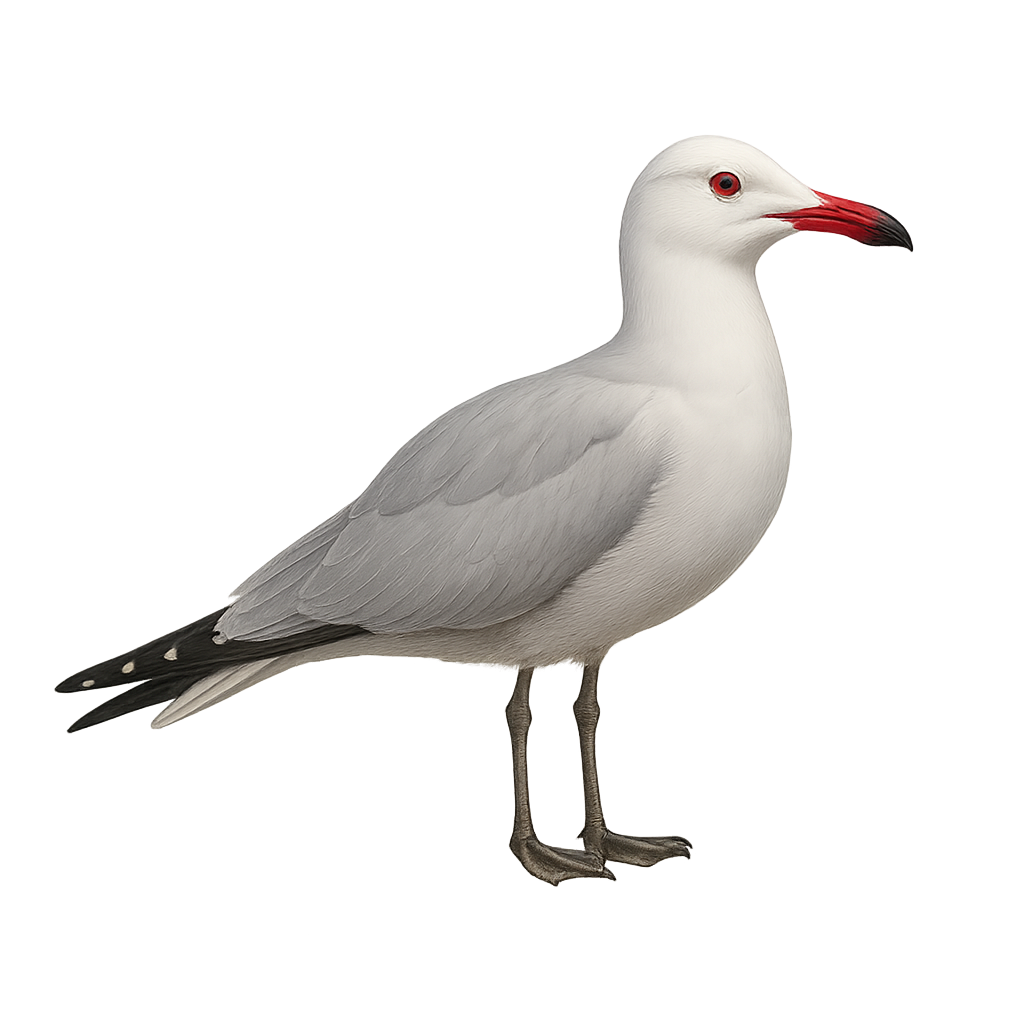Your wildlife photography guide.
Explore the audouin's gull in detail, study its behavior, prepare your shots.
Where to observe and photograph the audouin's gull in the wild
Learn where and when to spot the audouin's gull in the wild, how to identify the species based on distinctive features, and what natural environments it inhabits. The WildlifePhotographer app offers tailored photography tips that reflect the audouin's gull’s behavior, helping you capture better wildlife images. Explore the full species profile for key information including description, habitat, active periods, and approach techniques.
Audouin's Gull
Scientific name: Ichthyaetus audouinii

IUCN Status: Near Threatened
Family: LARIDAE
Group: Birds
Sensitivity to human approach: Suspicious
Minimum approach distance: 10 m
Courtship display: April to June
Incubation: 24-26 jours
Hatchings: April to July
Habitat:
Rocky islands, isolated coasts, estuaries
Activity period :
Primarily active during the day, with peak activity in the morning and late afternoon.
Identification and description:
The Audouin's Gull, Larus audouinii, is a rare and elegant gull species primarily found in the Mediterranean basin. Recognizable by its pure white plumage, light gray wings, and bright red bill with a black tip, it stands out with its slender silhouette and graceful demeanor. This gull mainly nests on rocky islands and isolated coasts, forming dense colonies. It primarily feeds on fish, skillfully diving into the water to catch its prey. Although its population experienced a significant decline in the 20th century, conservation efforts have led to some stabilization. However, it remains vulnerable to human disturbances and environmental changes.
Recommended lens:
400 mm – adjust based on distance, desired framing (portrait or habitat), and approach conditions.
Photography tips:
To photograph the Audouin's Gull, choose the golden hours of morning or afternoon to take advantage of soft light that will highlight its white plumage and colorful details. Use a telephoto lens of at least 400mm to capture detailed images from a distance without disturbing the bird. Be patient and discreet, positioning yourself where the gulls gather to feed or rest. A tripod can be useful to stabilize your camera, especially if using a long focal length.
The WildlifePhotographer App is coming soon!
Be the first to explore the best nature spots, track rutting seasons, log your observations, and observe more wildlife.
Already 1 432 wildlife lovers subscribed worldwide

